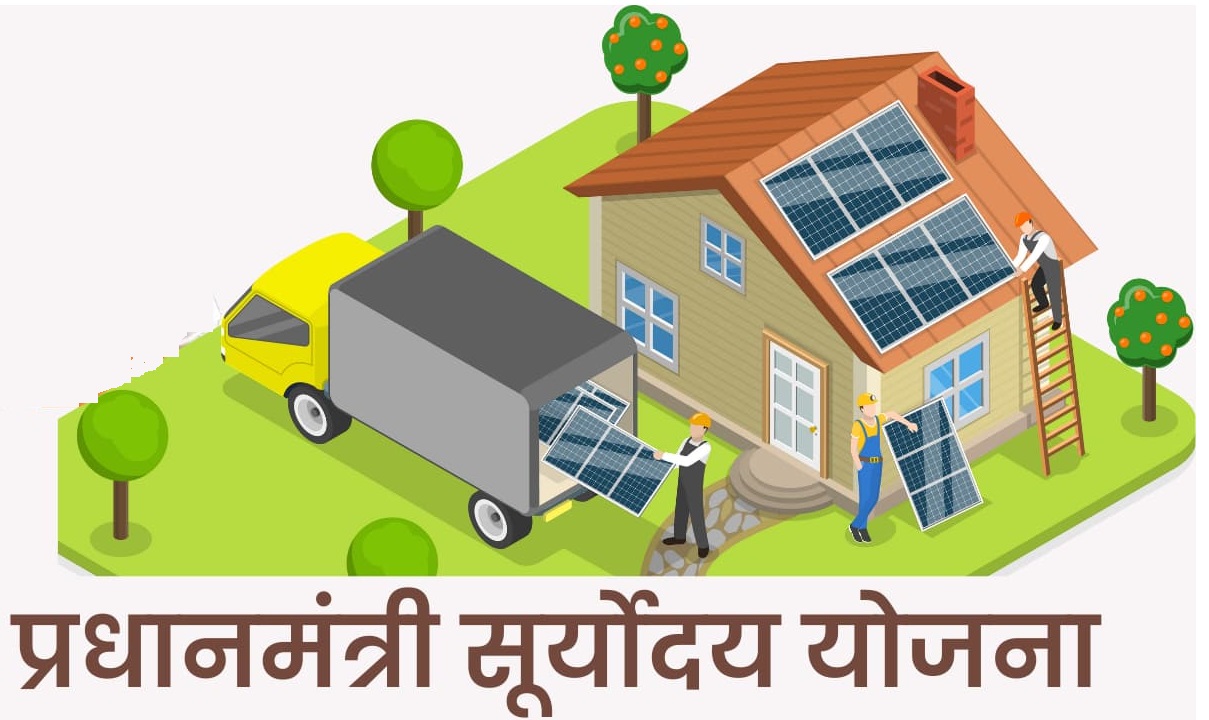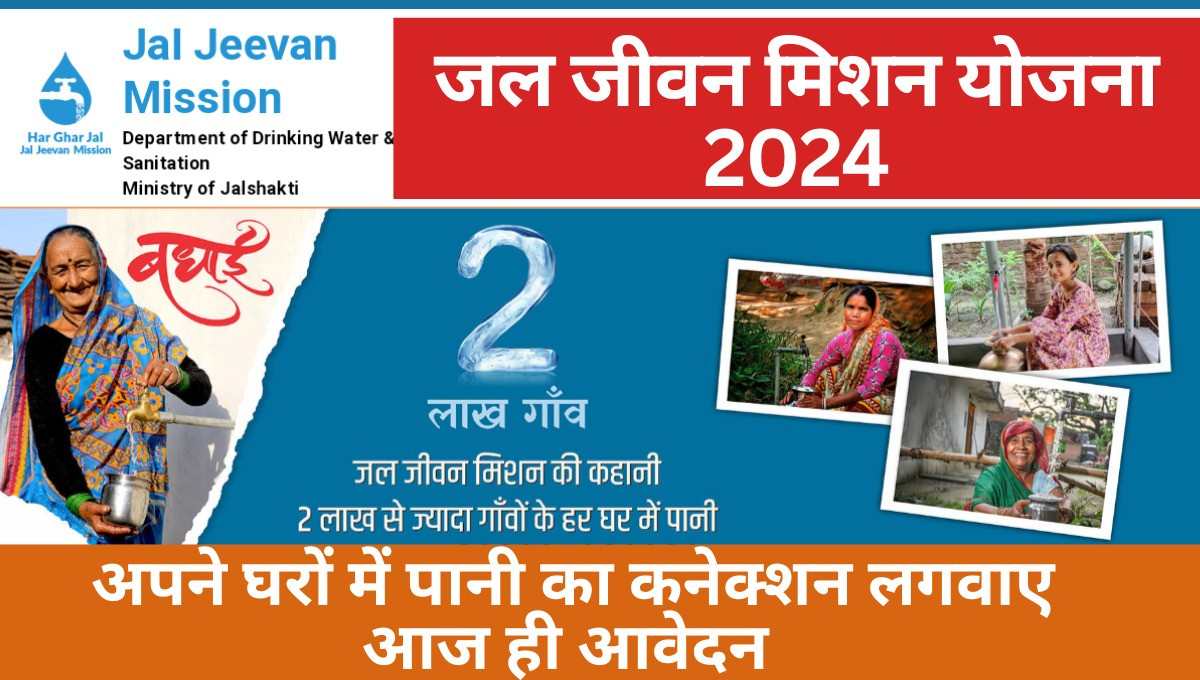Introduction
In a country like India, where access to electricity remains a challenge in many rural areas, initiatives like the Pradhan Mantri Suryodaya Yojana (PMSY) play a crucial role in bridging the gap. This article delves into the details of this transformative scheme and its impact on rural electrification.
Understanding Pradhan Mantri Suryodaya Yojana
Objectives
The Pradhan Mantri Suryodaya Yojana was launched with the primary objective of providing reliable and sustainable power supply to rural areas. Unlike traditional electricity sources, this scheme focuses on harnessing solar energy to meet the energy needs of remote villages.
Eligibility Criteria
Under the Suryodaya Yojana, rural areas with inadequate or no access to electricity are identified as beneficiaries. The scheme aims to reach every corner of rural India, ensuring no village is left in the dark.
Key Features of Suryodaya Yojana
Rural Electrification
One of the cornerstone features of the Suryodaya Yojana is its emphasis on rural electrification through solar power. By installing solar panels in remote villages, the government aims to provide sustainable energy solutions that are not only eco-friendly but also cost-effective in the long run.
Solar Power Generation
The scheme focuses on promoting solar power generation and distribution infrastructure in rural areas. This includes setting up solar power plants, distribution networks, and training local communities in maintenance and operation.
Also check out : PM Saubhagya Yojana: Lighting Up Every Home
Progress and Impact
Number of Beneficiary Villages
Since its inception, the Suryodaya Yojana has made significant progress in electrifying rural villages. Hundreds of villages across India have been connected to the solar power grid, bringing light and hope to thousands of households.
Socio-Economic Benefits
The electrification of rural areas through solar power has transformed lives. Access to electricity has improved healthcare facilities, enhanced educational opportunities, and boosted economic activities in these regions. It has also empowered women and improved overall quality of life.
Challenges and Criticisms
Implementation Issues
Like any large-scale government initiative, the Suryodaya Yojana has faced implementation challenges. Delays in project execution, bureaucratic hurdles, and coordination issues have slowed down the pace of electrification in some areas.
Funding Constraints
Another challenge is securing adequate funding for the implementation and maintenance of solar power infrastructure. While the government provides financial support, additional funding sources are required to sustain the initiative in the long term.
Conclusion
The Pradhan Mantri Suryodaya Yojana is a testament to India’s commitment to clean and sustainable energy. By harnessing the power of the sun, the government is not only illuminating rural India but also paving the way for a brighter and greener future.

FAQs (Frequently Asked Questions)
How are solar panels installed in rural villages under the Suryodaya Yojana? Solar panels are installed by designated agencies appointed by the government. These agencies assess the energy needs of the village and install the necessary infrastructure accordingly.
Are there any subsidies available for solar power installation under this scheme? Yes, the government provides subsidies and financial assistance to encourage the adoption of solar power in rural areas.
How does solar power benefit rural communities beyond electrification? Solar power opens up opportunities for income generation through activities like solar irrigation, solar drying of crops, and setting up small-scale businesses that rely on electricity.
Is the Suryodaya Yojana limited to a particular region in India? No, the Suryodaya Yojana aims to reach every corner of rural India, irrespective of geographical location.
What are the environmental benefits of solar power generation under this scheme? Solar power generation reduces dependence on fossil fuels, leading to lower carbon emissions and contributing to environmental conservation efforts.





